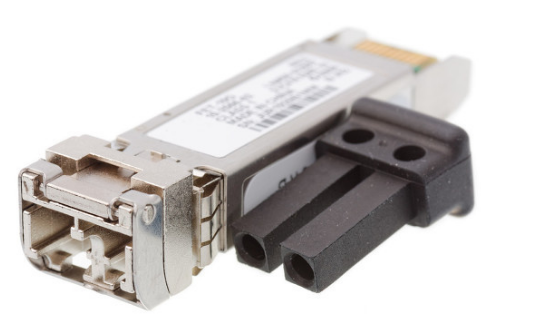Are non-magnetic RF connectors the core device of MRI technology?
The emerging MRI technology is closely related to a new generation of non-magnetic RF connectors, which provide excellent performance in smaller and lighter configurations.
Magnetic resonance imaging (MRI) technology is more advanced than other medical imaging technologies. And more and more are used in applications outside of their nerves. New medical development should be encouraged, including advanced MRI technology, magnetic resonance angiography (MRA) equipment, cardiac MRI (CMRI) equipment, high-resolution MRI machines with more powerful magnetic fields, and other new medical equipment, etc. Strong development. These developments have also promoted further innovation of components, and non-magnetic RF connectors are crucial to the development of MRI technology.
The development of MR machines relies on a large number of non-magnetic RF connectors, contacts, coils and cables and other components used to send and receive pulsed RF signals for patient imaging, because the presence of any ferromagnetic materials in these components will interfere with the magnetic field response and reduce Imaging accuracy. Many well-known connector suppliers have successfully overcome the challenges of achieving interconnect performance in the case of non-magnetic materials, while also meeting stringent medical design requirements, but the latest advances in MRI technology are also bringing new RF connection challenges.
For example, many emerging MRI technology developments have focused on increasing the strength of the machine's magnetic field, from the current 1.5 to 3 Tesla to 7 or even 10 Tesla, thereby further improving the resolution and signal-to-noise ratio of the MRI scanner. These advances are mainly focused on the improvement of the quality of non-magnetic RF components; these RF components are used to carry radio frequency pulses and perceive weak signals returned by magnetically retuned protons, so RF interconnects with better density and better performance than previous MRI technologies are required solution.
In addition, new MRI types that use magnetic field probes instead of traditional surface coils are the subject of ongoing research and development. These new magnetic probe magnetic resonance imaging results in higher resolution MRI performance, but also require more non-magnetic RF interconnection and signal processing. Cinch's Johnson® Type-N Non-Magnetic connectors are made of ternary alloy or gold-plated brass. It can prevent mismatch with each other, has a solid 50μin gold-plated surface, excellent high-frequency performance and durability, sealing gasket protection grade and hexagonal nut specific matching.
In order for higher TeslaMRI machines to effectively utilize stronger magnetic fields and thus achieve higher resolution, the RF receiver and RF path must prevent distortion as much as possible. This requires careful study of materials, effective shielding mechanisms, and innovative component and system design. Higher TeslaMRI and magnetic probe MRI machines also require higher RF interconnect density, which will increase the demand for non-magnetic RF connectors in high-density board launch, end launch, board-to-board and cable assembly configurations.

In addition, like most modern electronic systems, MRI machines are affected by size, weight, and power (SWAP) requirements. However, given the limited nonmagnetic RF solutions offered by most RF interconnection suppliers, MRI manufacturers often have little choice compared to their standard RF component offerings. Cinch's mini-Johnson MCX and MMCX non-magnetic coaxial connectors support high-density connections and high life cycles, and have the performance of fast forward assembly.
Each type of non-magnetic RF connector has a series of configurations, including launch, right angle, bulkhead and surface mount socket. The connector configuration selected for a particular connection depends on its geometric size requirements and how the cable or board connector design is installed.
For example, on-board RF connectors can reduce the potential increase in paths that may come from sensors. RF sensors will help MRI machines configure higher-density RF probes or magnetic coils. Although MRI machines are usually large equipment, the physical space for electronic equipment is often quite limited, especially in the ward area, because the superconducting magnet and MRI probe are as close as possible to the patient. Therefore, smaller and smarter board-mounted non-magnetic RF connectors will be a key factor in continuing to develop more compact and more powerful MRI machines.
Traditional RF connectors are threaded and require precise torque values, so torque wrenches are required for proper installation. Snap-on, Push-in and blind-tuned RF connectors are designed to ensure the mechanical and electrical performance of a safe connection while being simple to install. SMP and SMPM types are also widely used. Blind calibration connectors are designed to prevent mating misalignment and design complex self-calibration functions, both of which are critical for assembly, installation, and maintenance in space-constrained designs.

